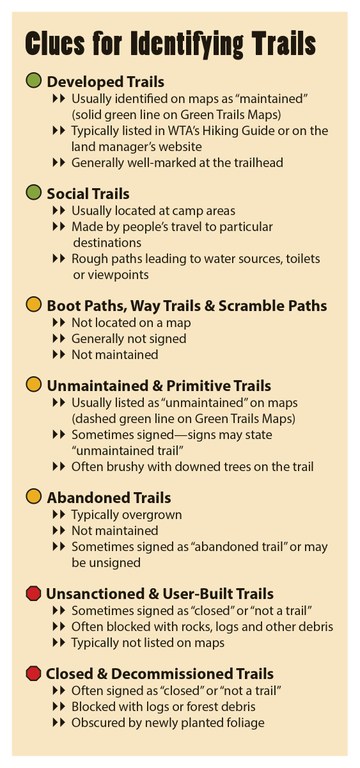Choosing the right path: The difference between official, social, unmaintained, decommissioned or illegal trails
Trails bring us life-changing outdoor experiences at the same time that they protect the nature surrounding them. But not every trail is created equally. Not every trail is safe — for us or for the environment. That’s why WTA has compiled this guide about the differences between open, abandoned and closed trails — and everything in between. Making smart trail choices will help you stay safe and ensure the outdoor places you love will be here for future generations of hikers.
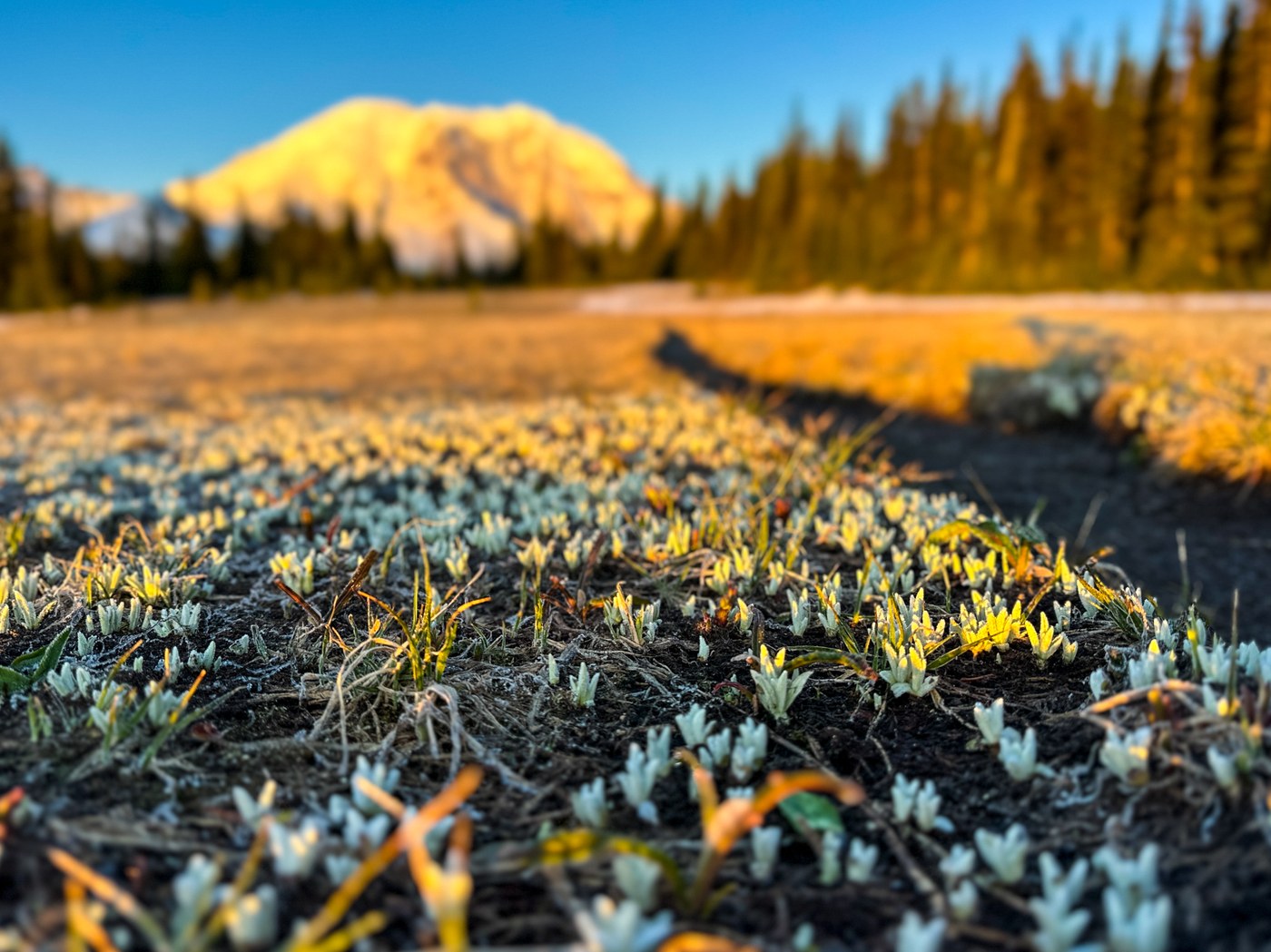
Developed Trails
Most of the trails you hike are probably officially developed trails. They are considered open and are maintained, which means they are sanctioned for use by a land manager and generally receive some level of regular maintenance. While many trails share the “developed and maintained” category, they don’t always look the same.
One developed trail might be elaborately constructed with wooden stairs, gravel and lots of signage, while another trail may be an overgrown path with limited signage and no footbridges. Regardless of how they look, these trails are carefully designed with people and the environment in mind and are the best choice for your experiences outdoors.
What should I do? Travel these trails. Use WTA’s Hiking Guide and land manager websites to make sure the trail you travel is a developed trail.
Social Trails
Located mainly at camp areas, social trails are often small, foot-wide paths that have an intended destination. These paths are created by people walking directly to popular water sources, toilets or viewpoints. With social trails, it’s important to stick to the most apparent ones to help keep the number of trails to a minimum. Too many social trails can heavily impact an area. Land managers need to rehabilitate areas with too many social trails. If you see a social trail filled with wood debris or blocked by a log or rock, do not travel it; the land manager is trying to recover the area.
What should I do? Use the most visible, clearest social trails to leave the lightest impact.
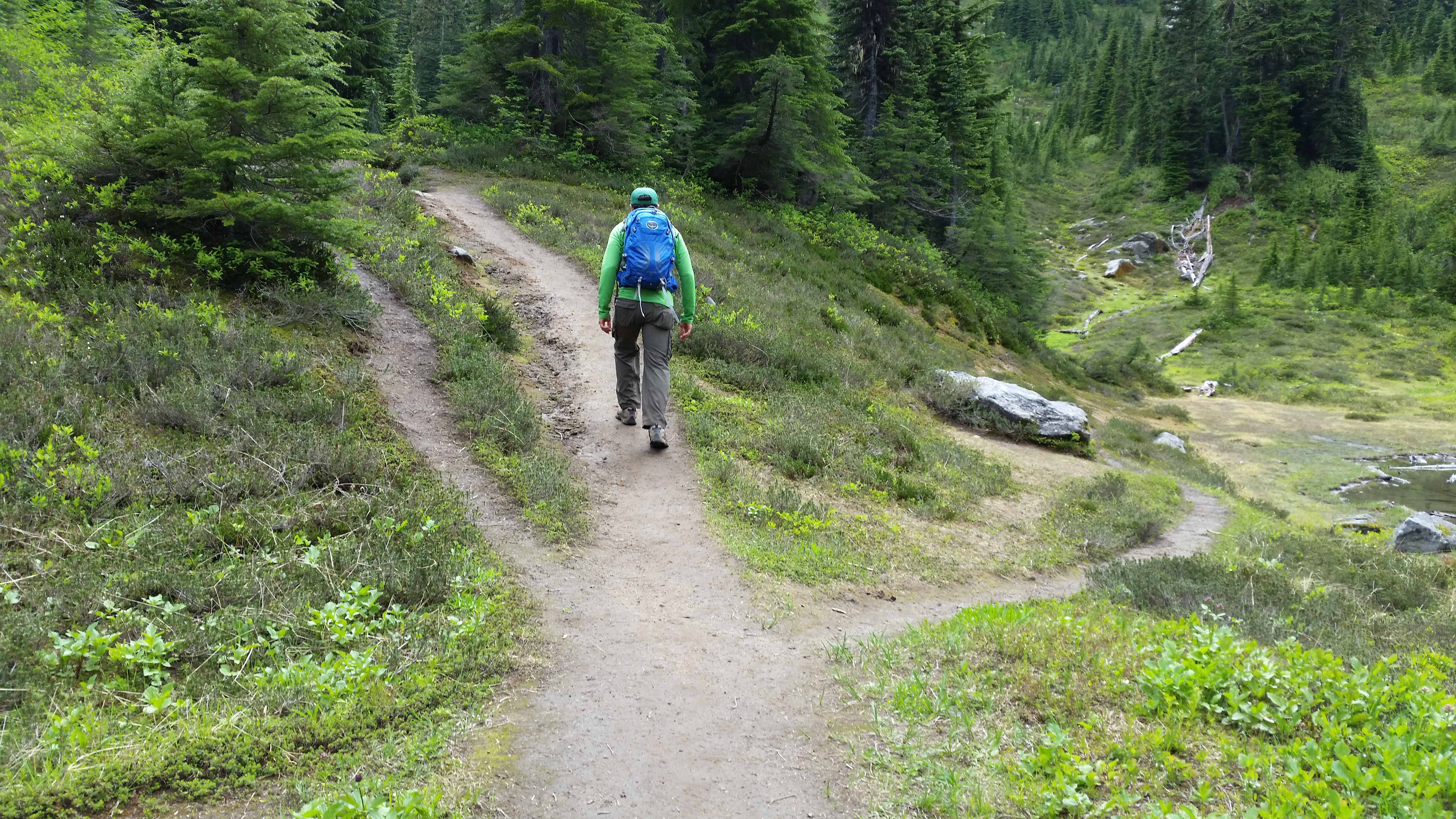
Boot Paths, Way Trails and Scramble Paths
Like social trails, these trails are formed naturally by years of foot (or hoof) travel. But instead of being constrained to small areas such as campsites, they often involve high country travel routes and paths leading to mountain peaks and lakes.
These trails lack the planning of developed trails. They often follow the shortest distance from one place to another, rather than being laid out with hiker safety and trail durability in mind. They will go straight up or down a mountain instead of having switchbacks, which makes them more susceptible to widening and erosion (rain washing away at the soil over time). This causes problems for the water quality and plant life surrounding the trail. Sometimes these paths become so popular that land managers must take action to determine whether or not they should remain. Land managers may determine the environmental impacts are too great and decommission (or remove) the trail. Other times they may incorporate these trails into the maintained trail system and bring them up to developed trail standards, reducing erosion and other environmental impacts, as well as to increase user safety. Do not travel on boot paths that have been closed (signed or blocked by wood debris) by land managers.
What should I do? Proceed with caution and follow land manager regulations.
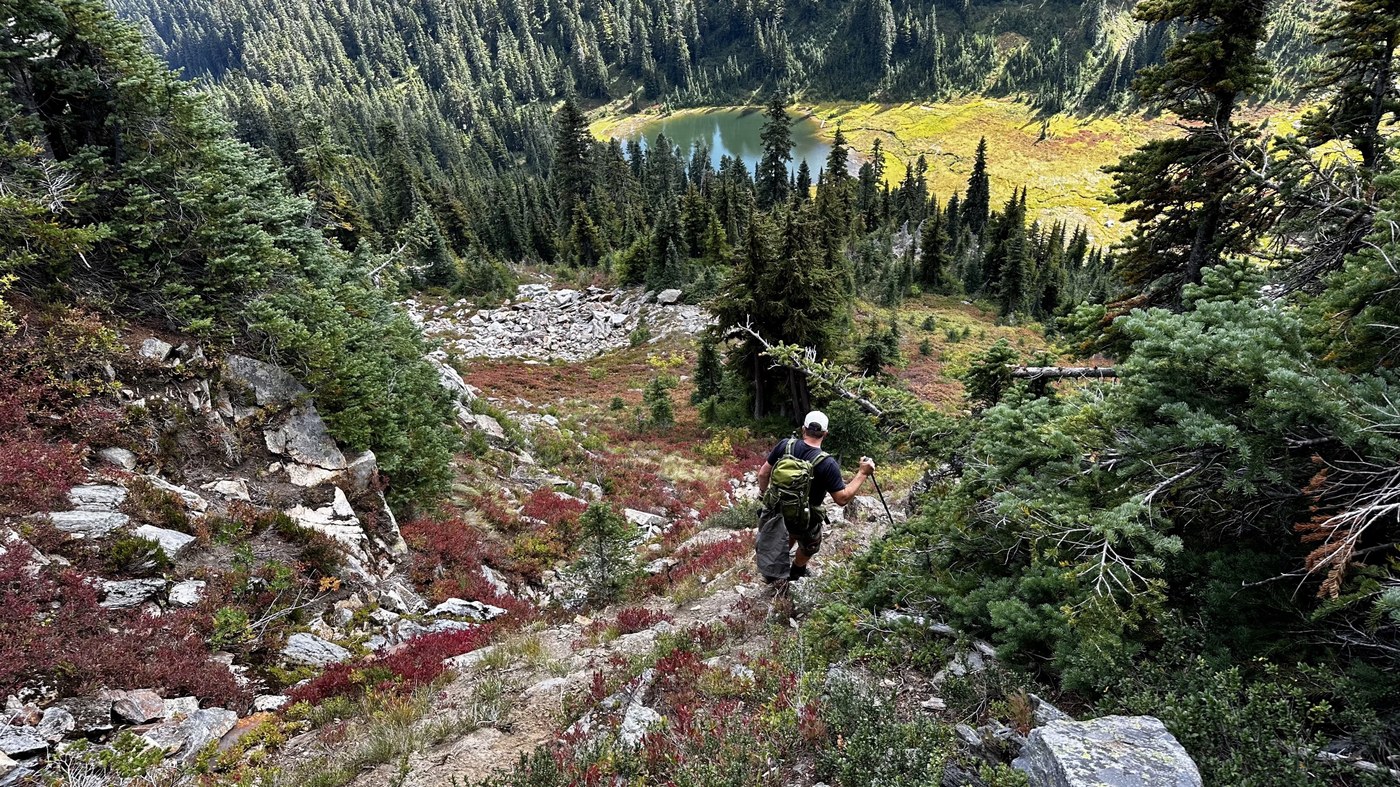
Unmaintained and Primitive Trails
Unmaintained and primitive trails are part of the official trail system but haven’t received maintenance in a long time. That doesn’t necessarily mean they won’t receive maintenance at some point in the future. WTA’s Lost Trails Found campaign has helped bring trails back from an unmaintained status by securing funding and getting approval for trail work. Land managers discourage any maintenance done without their consultation. Because these trails are unmaintained, hikers should be extra-vigilant and watch for common hazards like blowdowns and unsafe terrain.
What should I do? Proceed with caution. If you do hike an unmaintained trail, write a trip report documenting the conditions you find. It can help land managers understand the extent of maintenance a trail needs!
Abandoned Trails
Abandoned trails were once part of the developed trail system but, for one reason or another, have dropped from that official list. Since the trails are no longer in the trail inventory, they do not receive maintenance and likely won’t in the future. These trails do not appear on most navigational maps.
What should I do? WTA discourages travel on abandoned trails.
unsanctioned and User-Built Trails
These are trails that people build with tools, rather than paths being created by travel. User-built trails are not approved by land managers and have not gone through the proper analyses to ensure they are safe for water quality, respect wildlife habitat and protect cultural resources. They usually do not meet land manager trail standards and can endanger hikers. They are sometimes located in places that are less than ideal, including fragile habitat. Hikers should not travel these trails.
What should I do? Do not hike on these trails.
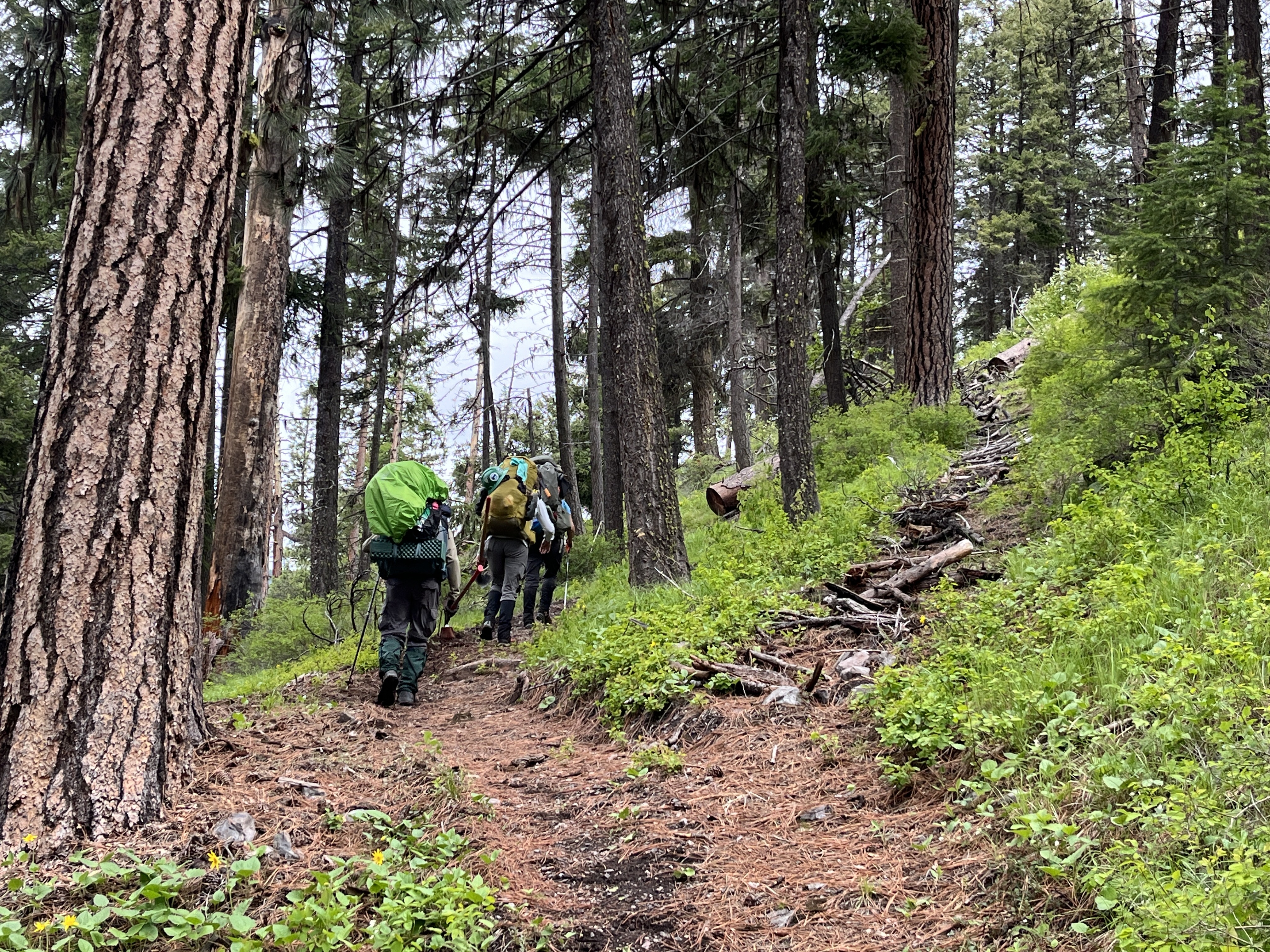
Closed and Decommissioned Trails
Sometimes land managers decommission trails because they have been relocated to better, more sustainable locations. Other times trails are closed and decommissioned because they didn’t belong there in the first place. Either way, the land managers don’t want hikers and others traveling on them.
What should I do? Do not hike on these trails.
WTA envisions a statewide developed trail system from local parks to deep wilderness ... and all trails in between. As demand for hiking grows in Washington, it's on all of us to take care of the trails and public lands we love. We all have a role to play by making sure we hike in a way that respects the land and other hikers.
You can help WTA increase the number of developed trails in Washington so that everyone has access to the experiences in nature that we seek. Have a day? Sign up for a trail work party. Have a minute? Join our Trail Action Network to speak up for more trail funding. Happy trails, and safe travels!


